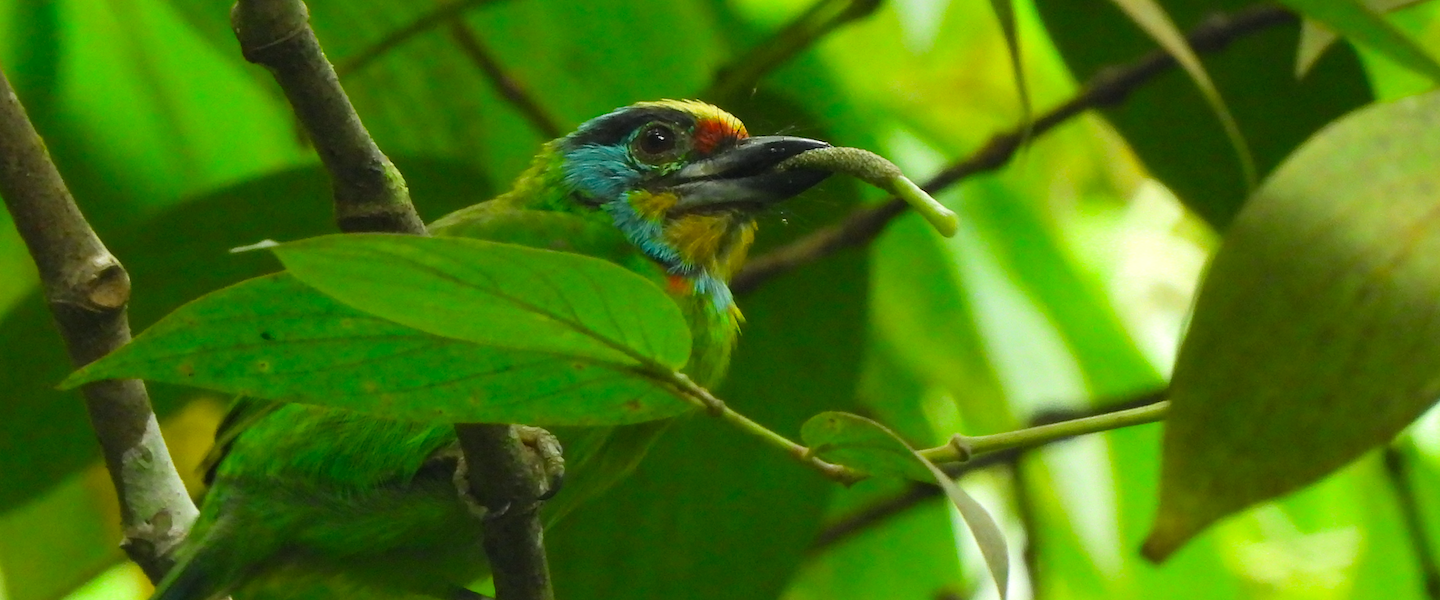The best time to be in Helsinki comprises the very last week of May until mid August, in every sense. It surely feels like the whole city wakes up. While this period is not strictly coincident with astronomic summer, temperatures are the warmest and the sun shines brightest — and most importantly, for longer — over this period. Birdwise, weeks of migration have brought numerous birds from distant latitudes and the landscape is fully green. Days are long enough to go watch birds for some hours before and after working on one’s stuff. And there surely are a lot of birds to be watched.
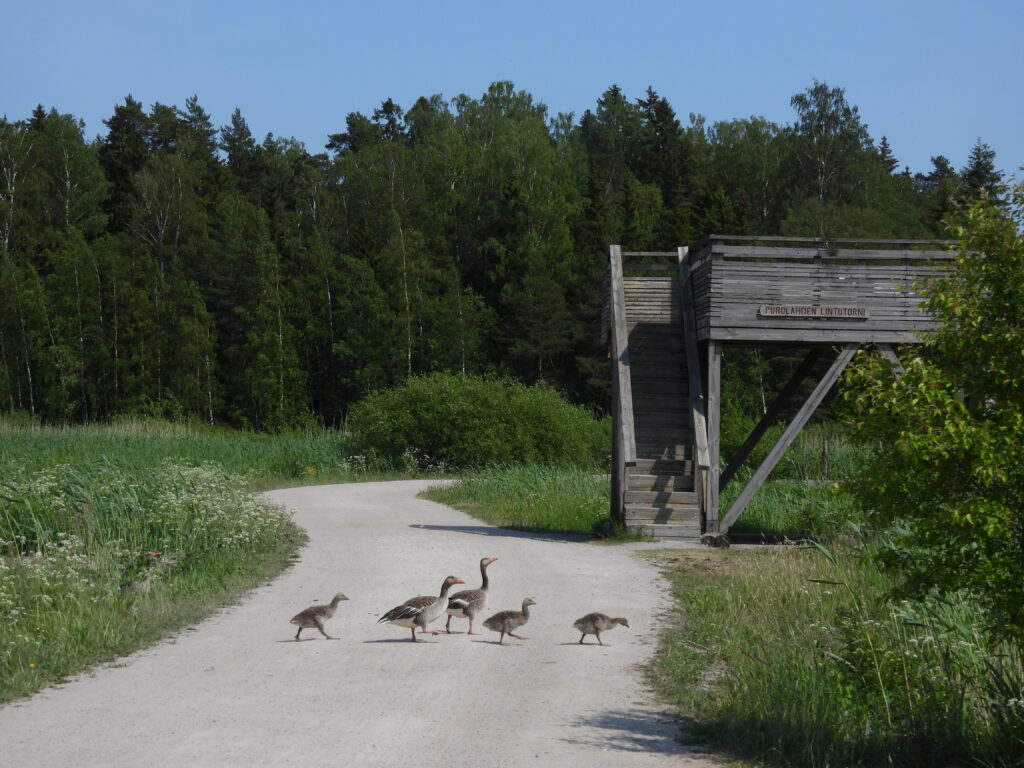
The city gets filled of gulls with the resident herring gulls (Larus argentatus), great black-backed gulls (Larus marinus) and common gulls (Larus canus) being joined by numerous black-headed gulls (Chroicocephalus ridibundus), the local “Baltic” fuscus subspecies of lesser black-backed gulls (Larus fuscus) and even Caspian terns (Hydroprogne caspia), common terns (Sterna hirundo) and Arctic terns (Sterna paradisaea) breeding, fishing and resting in parks and beaches of the city. Added to the resident and numerous hooded crows (Corvus corone cornix), jackdaws (Corvus monedula) and ravens (Corvus corax), the density of large birds — and their noise — in some areas is astonishing.
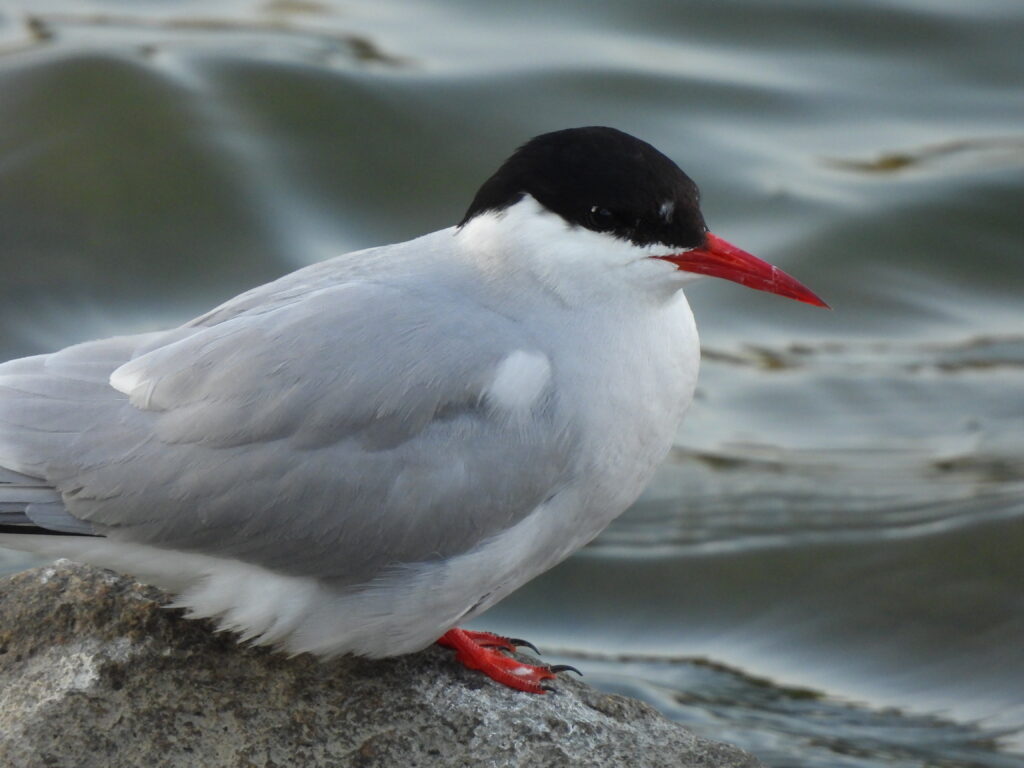
However, the abundance of passerines can be even more impacting. Once tens of species made it back to this latitude after the long cold months, the activity of small birds defending their territories, building and taking care of nests and feeding fledglings is buzzing. European pied flycatchers (Ficedula hypoleuca), goldfinches (Carduelis carduelis), linnets (Linaria cannabina), chaffinches (Fringilla coelebs), great tits (Parus major), blue tits (Cyanistes caeruleus), willow warblers (Phylloscopus trochilus) and blackcaps (Sylvia atricapilla) are abundant in all green areas.
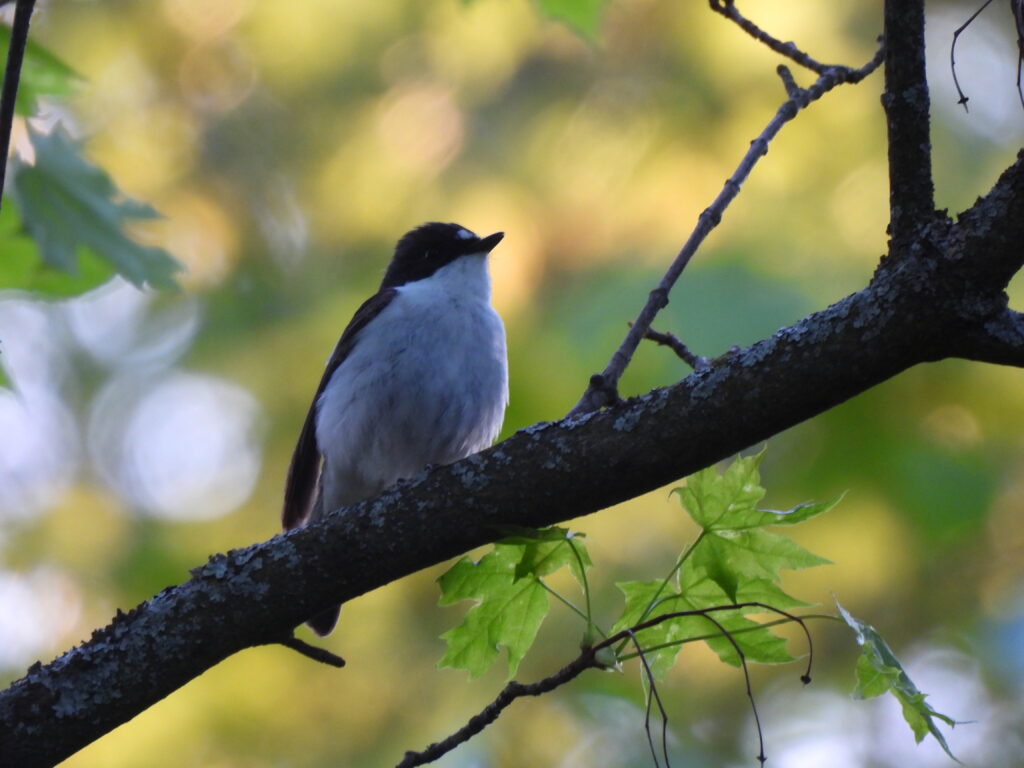
In my garden in Latokartano near Viikki I was lucky to have a family of lesser whitethroats (Curruca curruca), while I could witness how a nest built by the local great spotted woodpecker (Dendrocopos major) where they successfully raised their youngsters one year was taken by a family of starlings (Sturnus vulgaris) the following year.
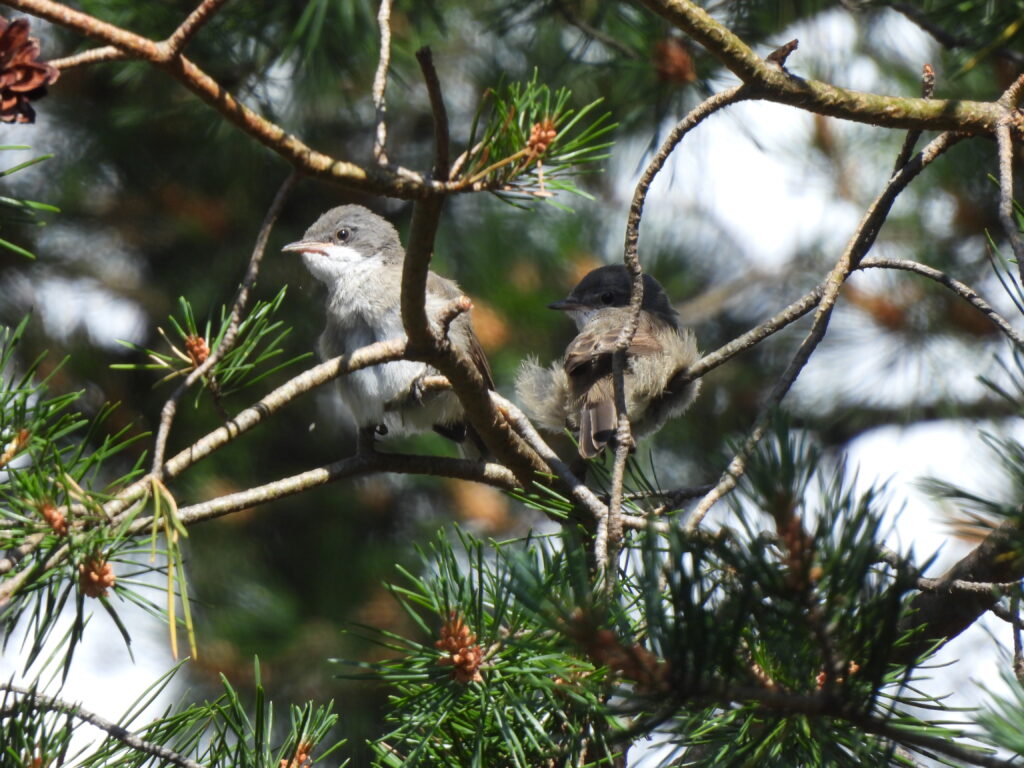
Parks across the city are filled with fieldfares (Turdus pilaris) and northern wheatears (Oenanthe oenanthe). Coming from a drier, warmer region of Europe, the presence of these species in the city struck me on my first summer — but not as much as the Eurasian oystercatchers (Haematopus ostralegus), foraging on lawns and nesting even on top of roofs. Although they seem to do great probing for worms in park lawns as blackbirds, how has this magnificent shorebird adapted and become abundant in this landscape is something I can’t wrap my head around.
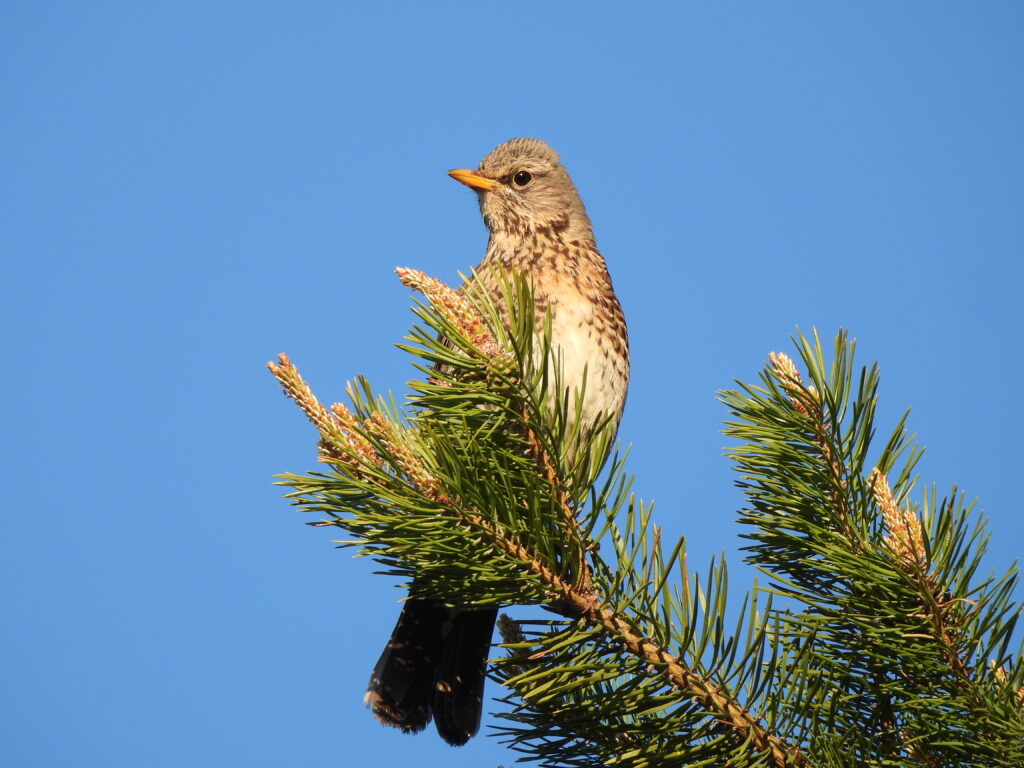
Over summer, I often woke up early to walk around the Viikki bay, which became my local patch during my time in Helsinki. High numbers of wood warblers (Phylloscopus sibilatrix), common rosefinch (Carpodacus erythrinus), reed buntings (Emberiza schoeniclus), thrush nightingale (Luscinia luscinia), sedge warblers (Acrocephalus schoenobaenus), western yellow wagtails (Motacilla flava) or goldcrests (Regulus regulus) breeding in the area are a guaranteed morning show.
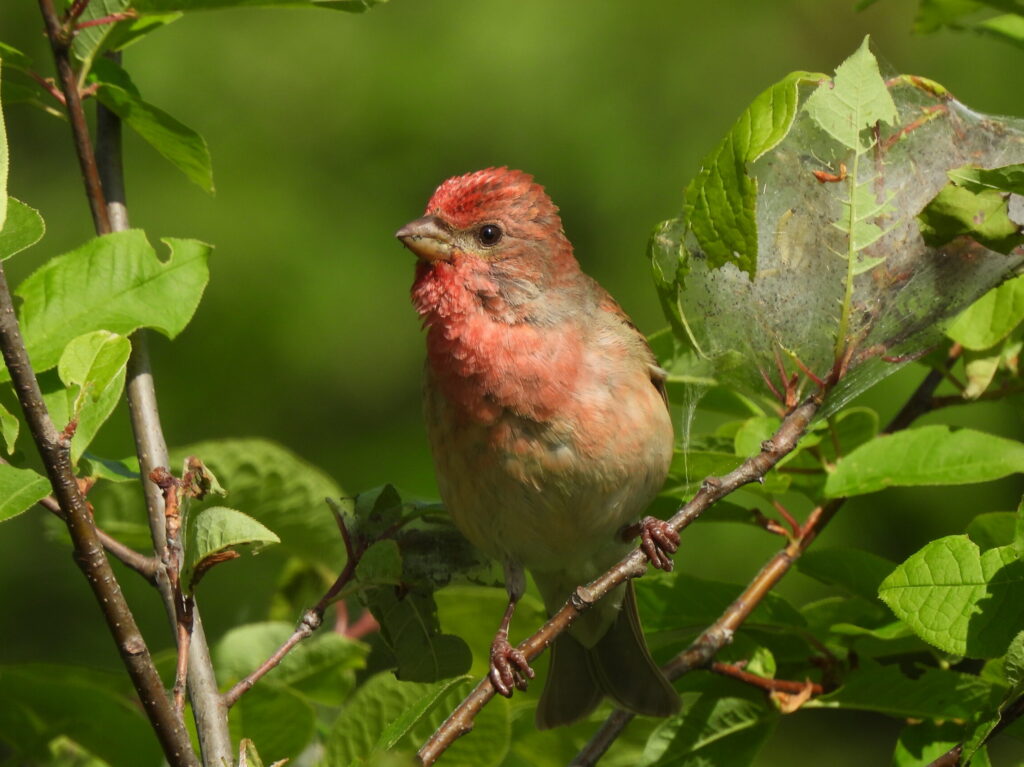
Early morning seemed to be the best time to catch an eye on shy birds in the woods including lesser spotted woodpecker (Dryobates minor), garden warbler (Sylvia borin), greater whitethroat (Curruca communis), tree pipit (Anthus trivialis) or yellowhammer (Emberiza citrinella).
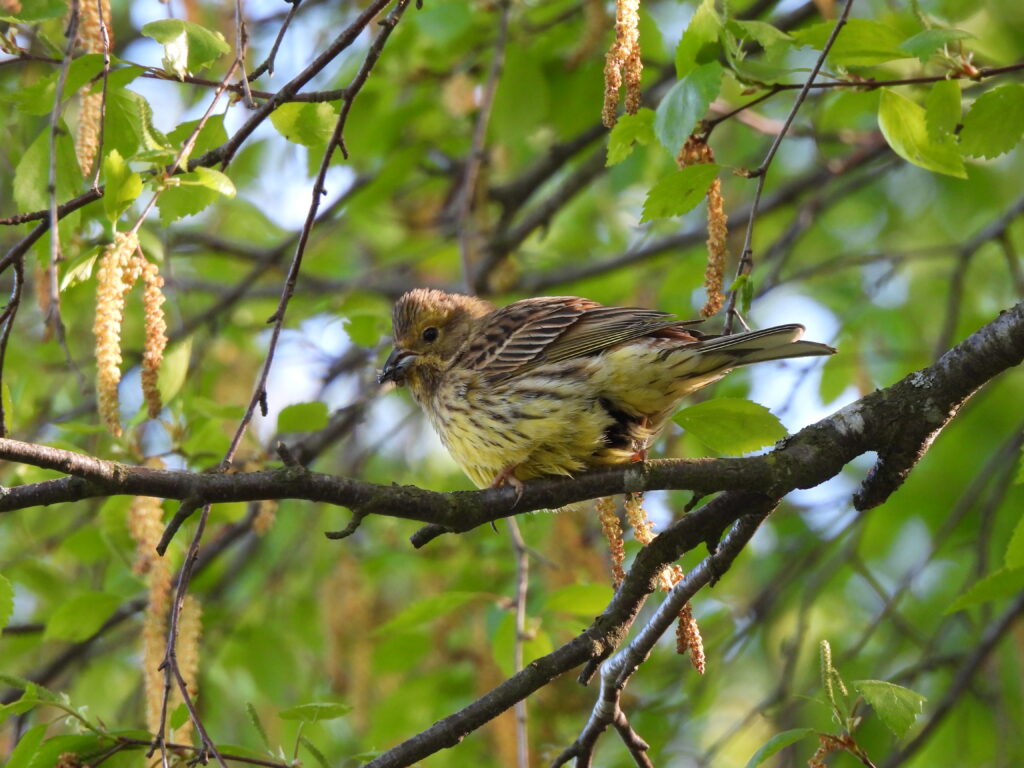
Dozens of barnacle geese (Branta leucopsis) breed in numerous parks in the city. The barnacle goose is the signature species of Helsinki, and the flocks of hundreds of individuals offer quite a show. Although not nearly as abundant, Viikki holds several breeding pairs of graylag geese (Anser anser) and Canada geese (Branta canadensis) that pedestrians bump into as they cross the boardwalks and roads of Viikki. Watching these folks grow from hatchlings to young geese is fascinating.
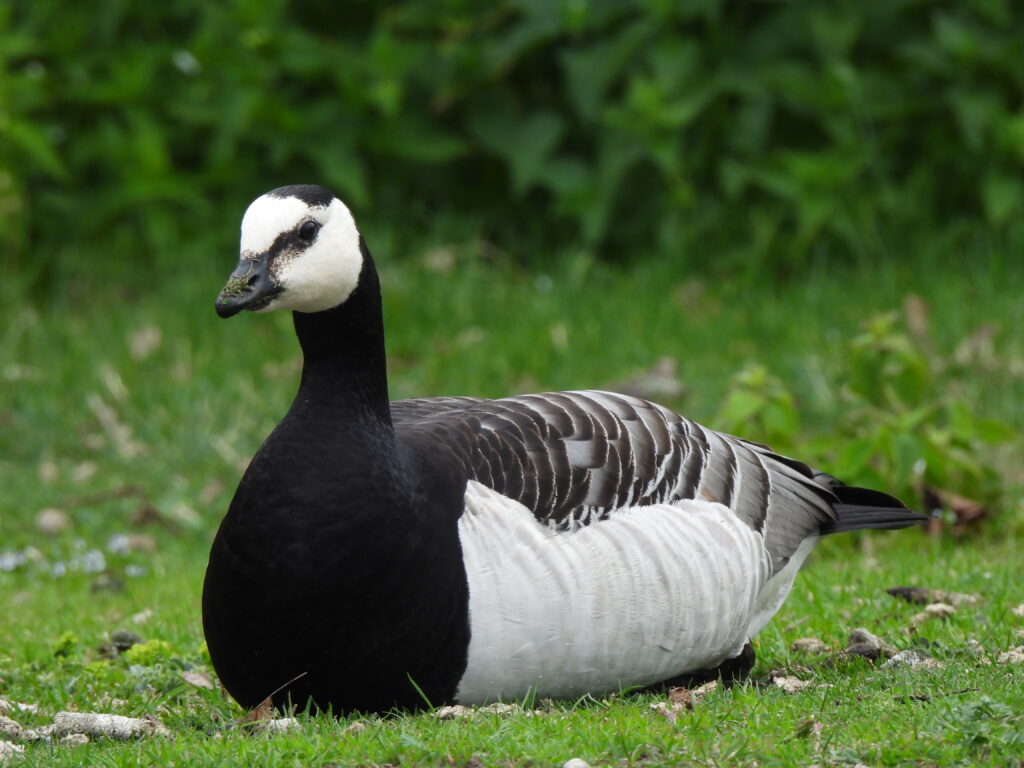
The fledglings of other waterbirds in Viikki use waterways and ponds, as do numerous pairs of common goldeneye (Bucephala clangula), Eurasian wigeon (Mareca penelope), tufted duck (Aythya fuligula) and mallard (Anas platyrhynchos). Instead, mute swans (Cygnus olor) and whooper swans (Cygnus cygnus) occupy the brackish waters of the bay, as so do coots (Fulica atra) and great crested grebes (Podiceps cristatus). A colony of great cormorants (Phalacrocorax carbo) produces dozens of juveniles every year out of the small Loppi island colony, in the middle of the bay.
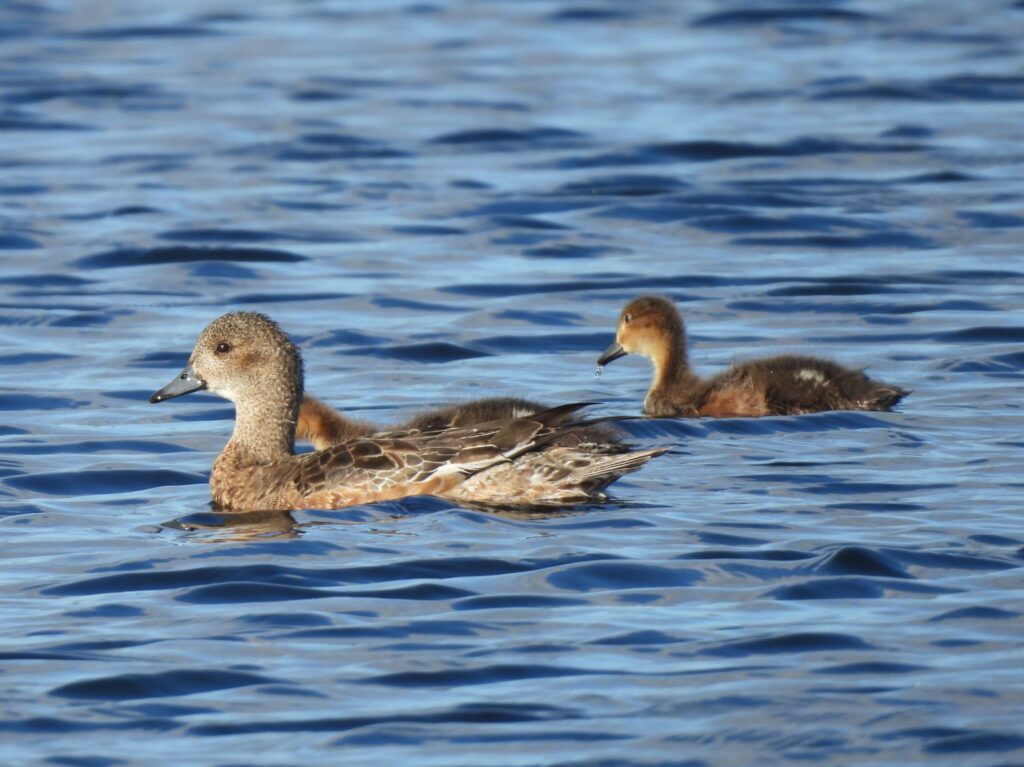
Northern lapwings (Vanellus vanellus), little ringed plovers (Thinornis dubius), common sandpipers (Actitis hypoleucos) and common snipes (Gallinago gallinago) are abundant in the fields, shallow waters and shores of Viikki. However, the presence of other different waders is related to the birds using the area as a stopover during their migration period, often during all the summer months. Tens of common redshanks (Tringa totanus) and ruffs (Calidris pugnax) can be seen throughout the summer, and a very large contingent of wood sandpipers (Tringa glareola), common greenshanks (Tringa nebularia), green sandpipers (Tringa ochropus), dunlins (Calidris alpina) and common ringed plovers (Charadrius hiaticula) join the party right after breeding already in July and August.
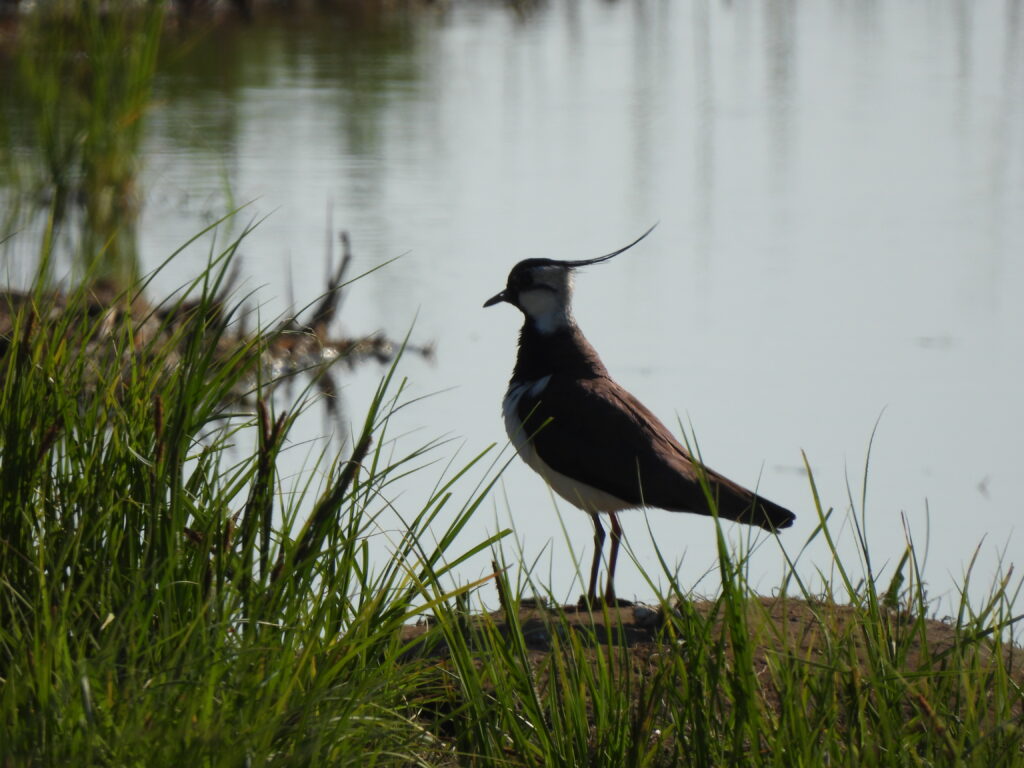
Ospreys (Pandion haliaetus), western marsh harriers (Circus aeruginosus) and white-tailed eagles (Haliaeetus albicilla) often fly over the bay, while the local pair of goshawk (Astur gentilis) defends its territory from the watchtowers. Over the reeds, very large flocks of barn swallows (Hirundo rustica), house martins (Delichon urbicum) and common swifts (Apus apus) often gather to make the most out of the rampant mosquito coulds of the bay.
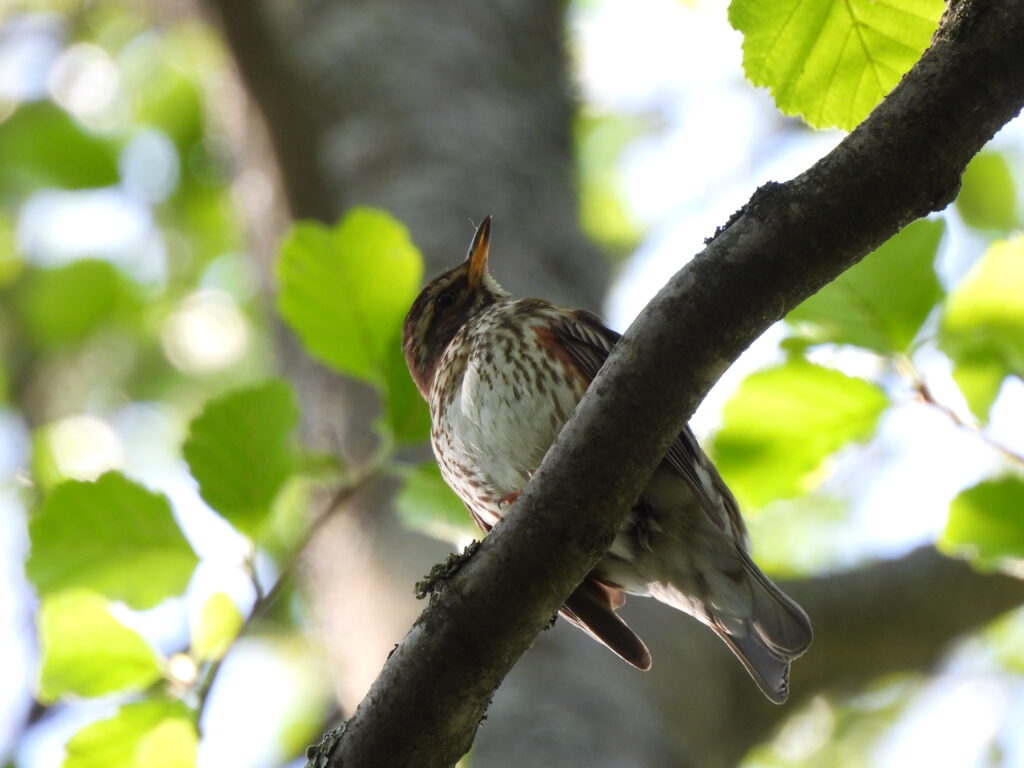
The summer night in Viikki is even more magical. I sometimes stayed late around Pornaistenniemi looking for singing redwings (Turdus iliacus) or icterine warblers (Hippolais icterina) until the sun start to set, and heard the uncommon sounds of Eurasian bittern (Botaurus stellaris) and Savi’s warbler (Locustella luscinioides) — the latest quite rare to the region, although an individual had established its summer territory in the area. Once the daylight fades, the grassland around Keinumäki obliged with awesome encounters with calling corn crake (Crex crex) and spotted crake (Porzana porzana). That seems the best time to connect with the local European otters (Lutra lutra) swimming across the bay.
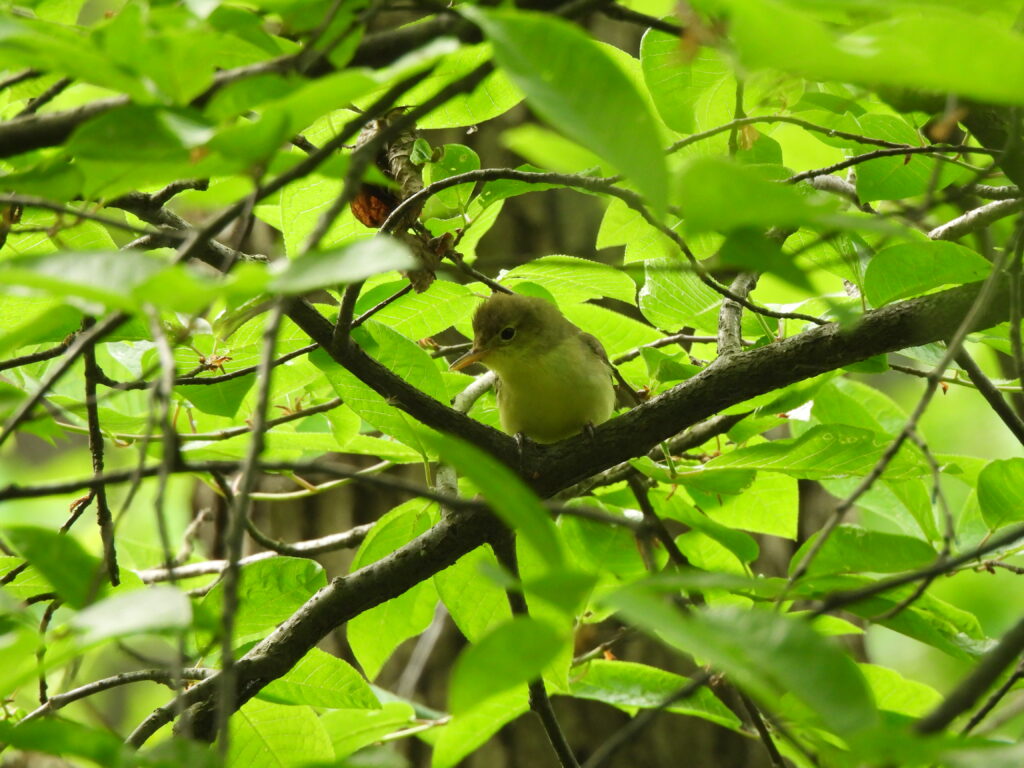
Viikki has been my favorite birding patch in Helsinki all year round but summer additionally offered finding stakeouts of local specialties such as red-backed shrike (Lanius collurio) or Blyth’s reed warbler (Acrocephalus dumetorum).
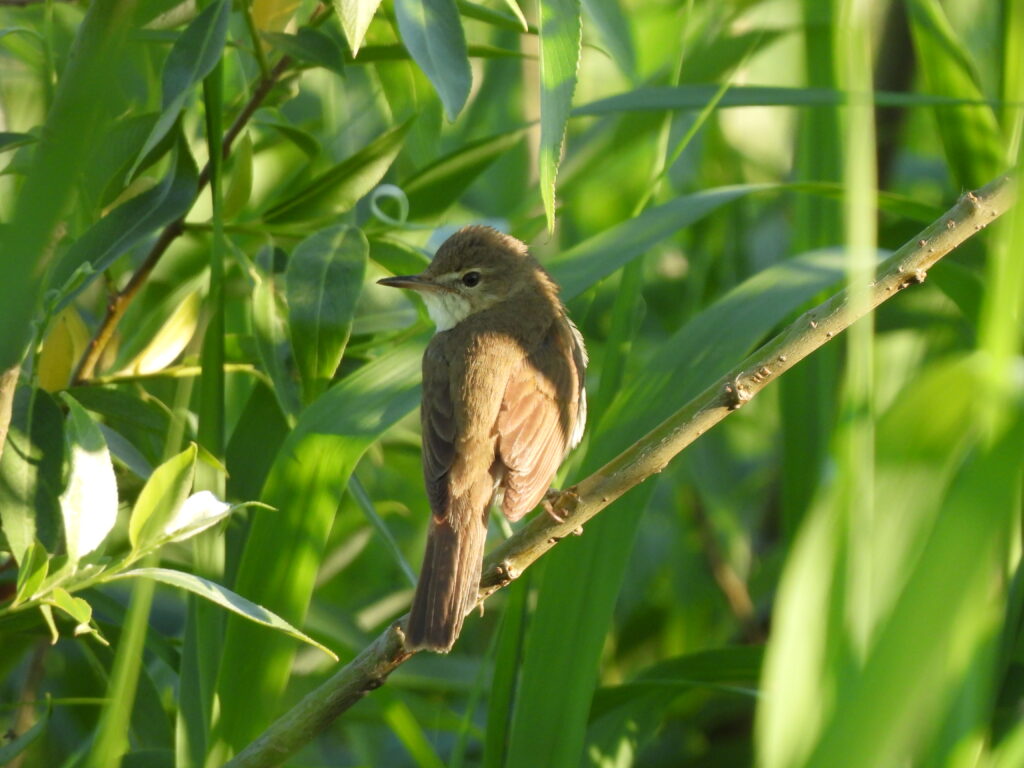
However, such birds sometimes showed up in stakeouts elsewhere across the city. I’ve seen Blyth’s several times in the city center’s Töölö bay in Hesperianpuisto, and had a bird singing in Meilahti bay in front of Seurasaari island, concealed in the thick vegetation and only showing up when chasing a river warbler (Locustella fluviatilis), another of the local specialties — and also small, brown, skulky and unattractive.
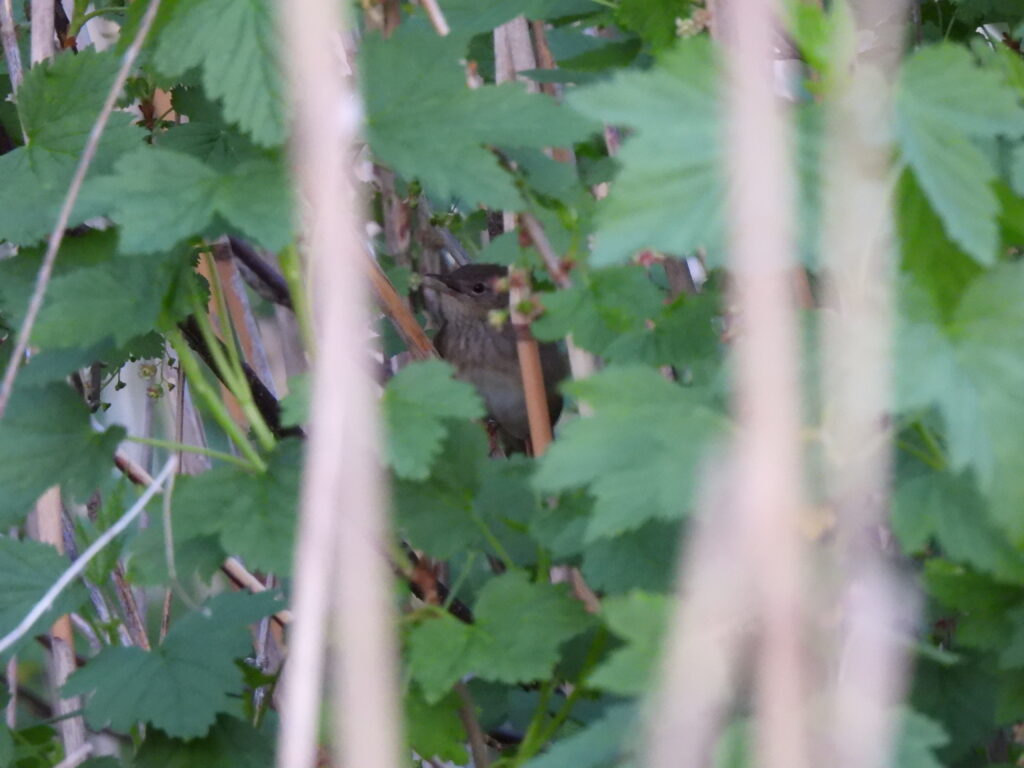
Another such scarce “little brown job” to go look for in summer is the marsh warbler (Acrocephalus palustris). I once visited a stakeout in Iso Huopalahti and connected with two singing birds in late May, almost as early as it gets for the species in Helsinki, while enjoying close-up views of shovelers (Spatula clypeata), gadwalls (Mareca strepera) and little gulls (Hydrocoloeus minutus) in the bay.
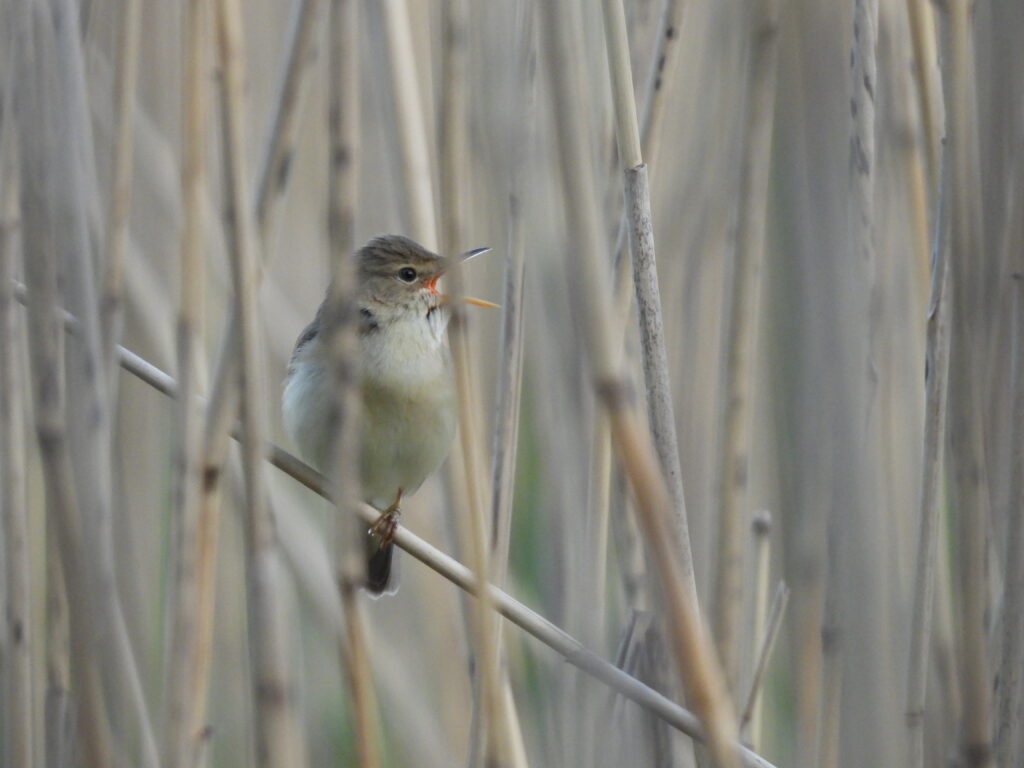
Another bay area always worth visiting is the Espoo side of Laajalahti. Besides numerous vocal great reed warblers (Acrocephalus arundinaceus) and common reed warblers (Acrocephalus scirpaceus), this area seems to draw scarce species every year. Over summer, I have enjoyed good looks of black-tailed godwits (Limosa limosa) and broad-billed sandpipers (Calidris falcinellus) in the flats of Maari tower.
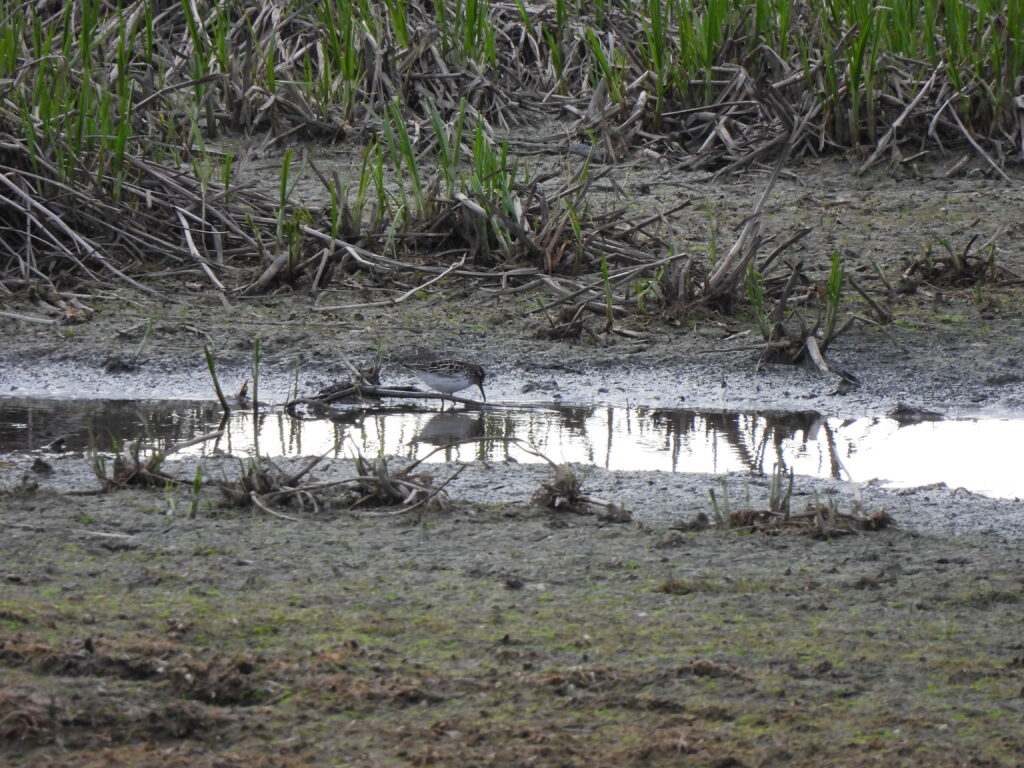
Every summer, I also deployed some time to bird across Haltiala in Helsinki’s central park. This is perhaps the best preserved old-growth forest within the city, and every summer hosts several pairs of the stunning red-breasted flycatcher (Ficedula parva), seemingly restricted in Finland to broadleaf mixed forests in the south. Following the melody of these diminutive, colorful birds trying to find them while covering from mosquitos is quite the thing.
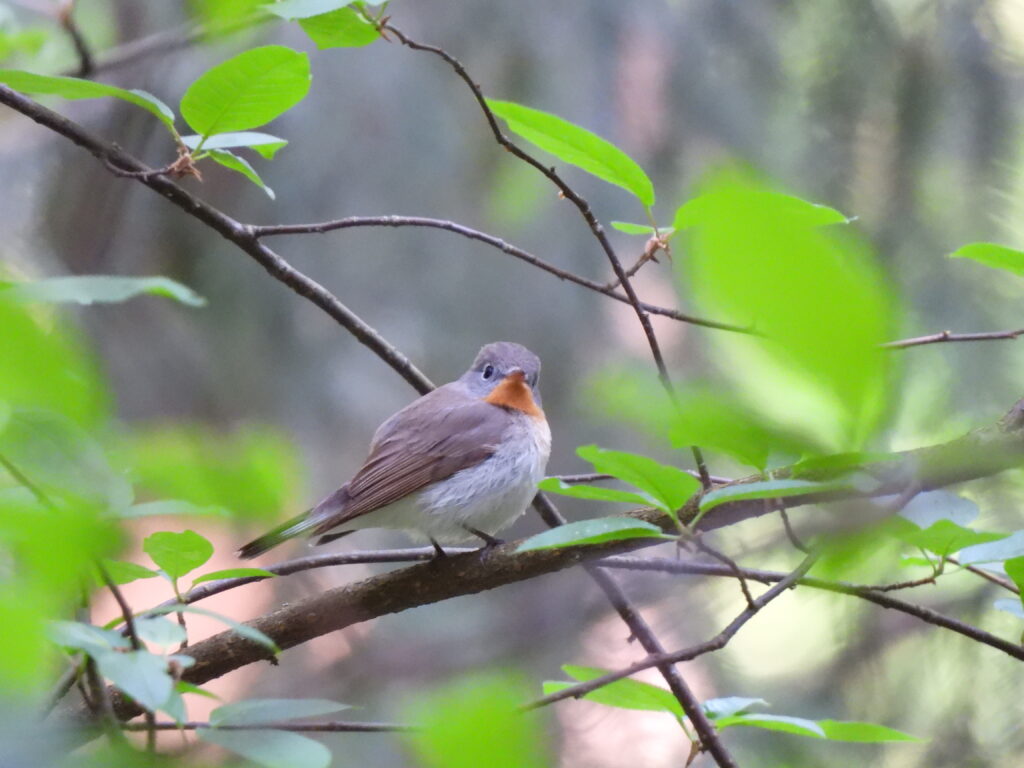
On the way, I usually bumped into other forest birds such as black woodpecker (Dryocopus martius), woodcock (Scolopax rusticola), Eurasian jay (Garrulus glandarius) and even hawfinch (Coccothraustes coccothraustes). But the walk here means passing by Paloheinä golf course, where the ponds and grassy areas provide close-up views of horned grebes (Podiceps auritus).
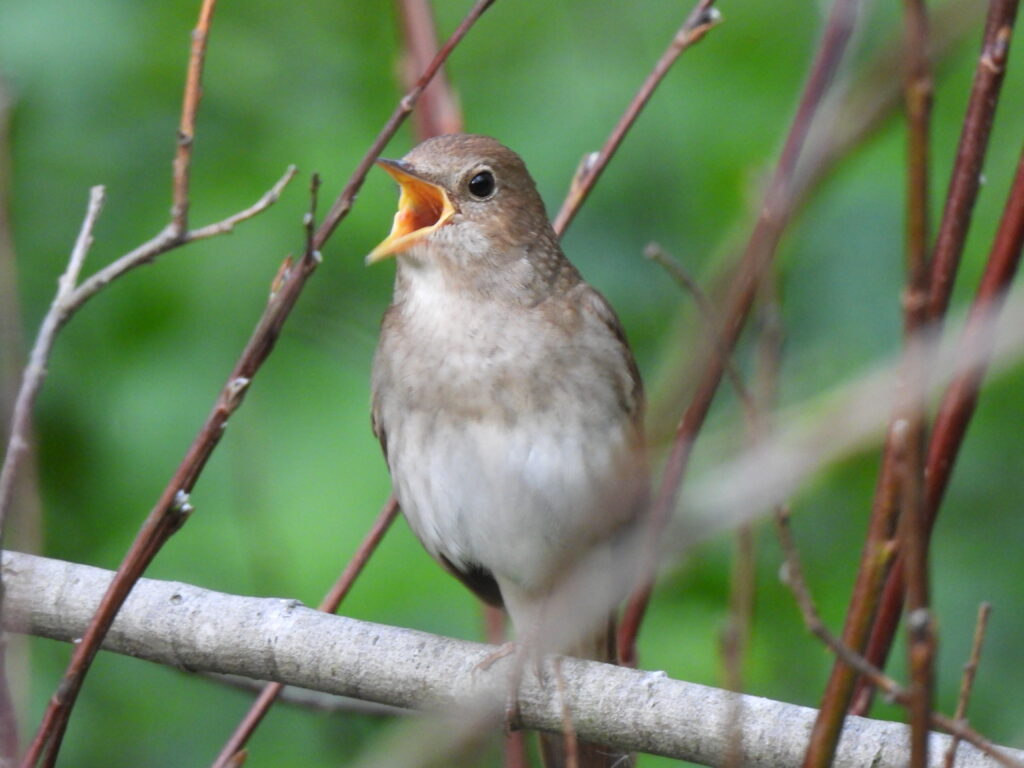
The location in Helsinki explains how it receives birds from warm areas all over the Old World, east and west. The bird diversity of different ecoregions clashes in green areas inside the city, and summer always felt like a great time to be in Helsinki.

